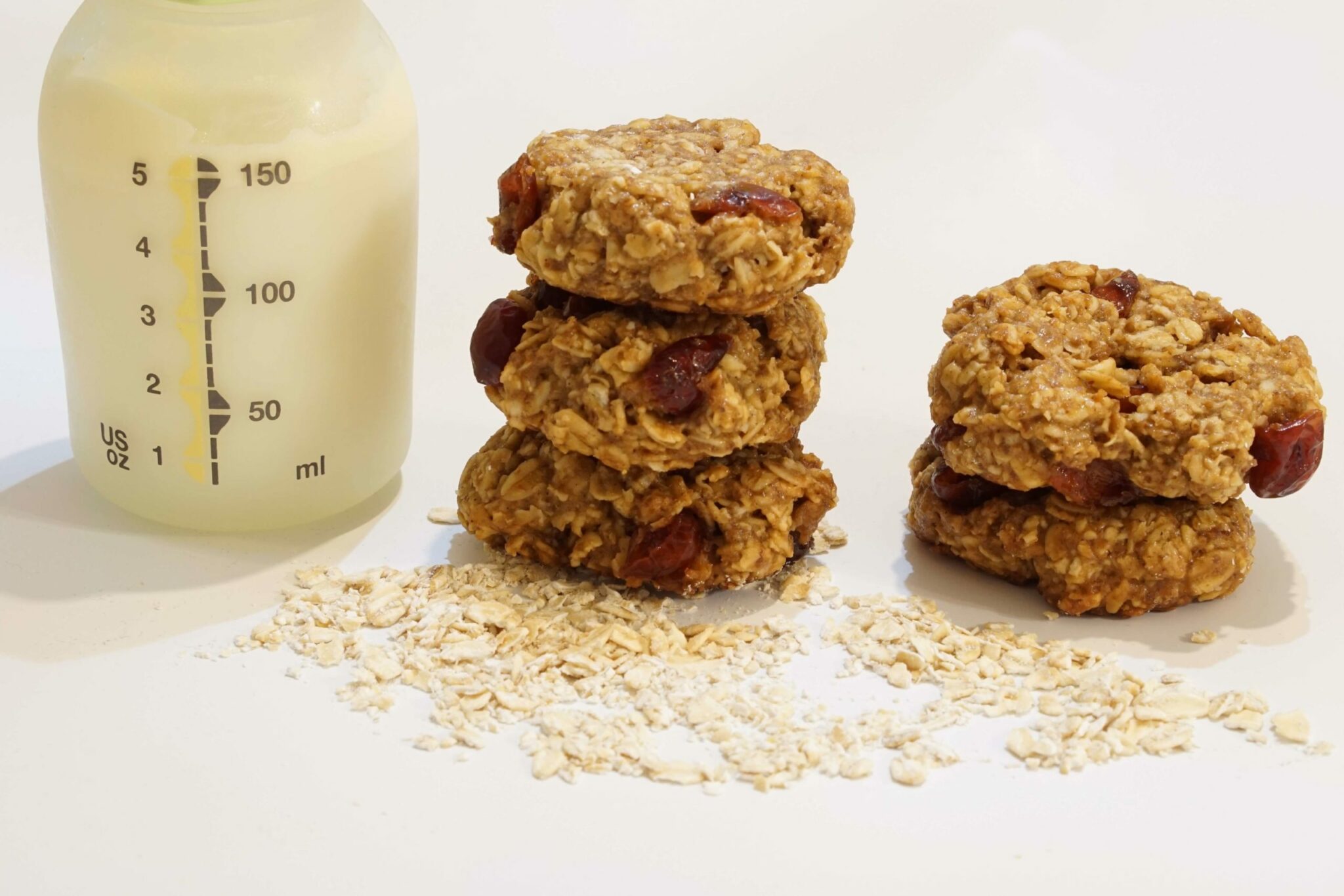Breastfeeding After a Breast Reduction


Many moms have had breast reductions and go on to breastfeed successfully, but there are some special considerations you might run into. Post-reduction complications depend on the type of surgery you had and if there are any lingering side effects.
If your breast reduction was a simple tissue removal that didn’t affect your nipple and areola, breastfeeding will likely be unaffected. If, however, the nipple and areola were moved and re-attached to your newly reconstructed breast, breastfeeding might be more complicated because the milk ducts and nerves that supply the nipple may have been damaged.
Factors that impact a mom’s ability to nurse her baby after breast reduction include:
How long ago the surgery was performed
Where the incision was made
How much mammary tissue was removed
A longer duration between surgery and breastfeeding typically results in a higher success in being able to produce milk. One good measure of success is the amount of sensation you have in your nipples. The more sensation you have, the more likely breastfeeding will be unaffected.
Some moms have success if they learn pre-natal hand expressing of colostrum and if they use a hospital-grade pump from the beginning. Both of these stimulate milk production.
As with any mom, there are other factors that impact successful breastfeeding. These can include getting off to a good start, feeding frequently, and making sure baby is doing his or her job. You want a good birth experience and a good support system.
If you had a breast reduction, make sure you have the contact information of an IBCLC experienced with BFAR (breastfeeding after reduction.)
Some moms who have had breast reduction make a full milk supply for their babies, while others need to supplement. They can use donor milk or formula to augment their baby’s feedings.
Many moms who need to supplement find that using an at-breast supplementer keeps the baby interested in breastfeeding, and both get to enjoy the breastfeeding experience. Others find that using paced bottle feeding with a slow flow bottle is a great way to keep baby fed and interested in breastfeeding.
Breastfeeding is not all or nothing. If you do not make 100 percent of your baby’s milk, you are still breastfeeding.
Powered by Bundoo®










































